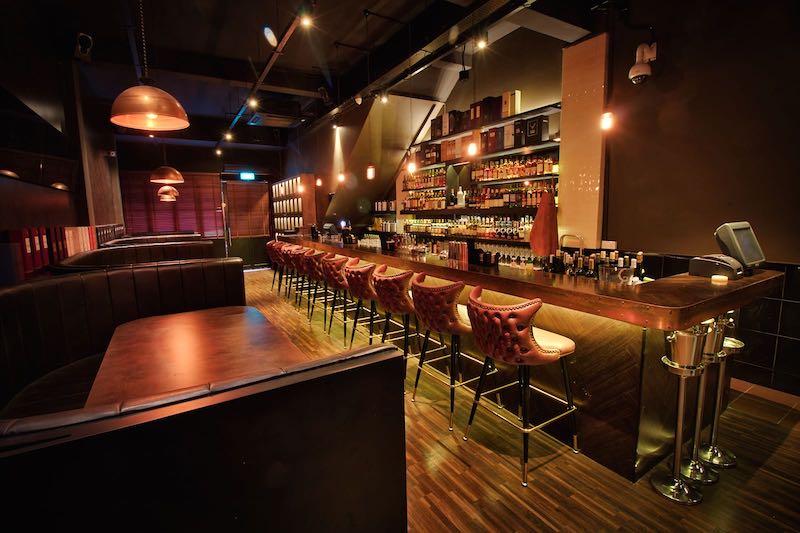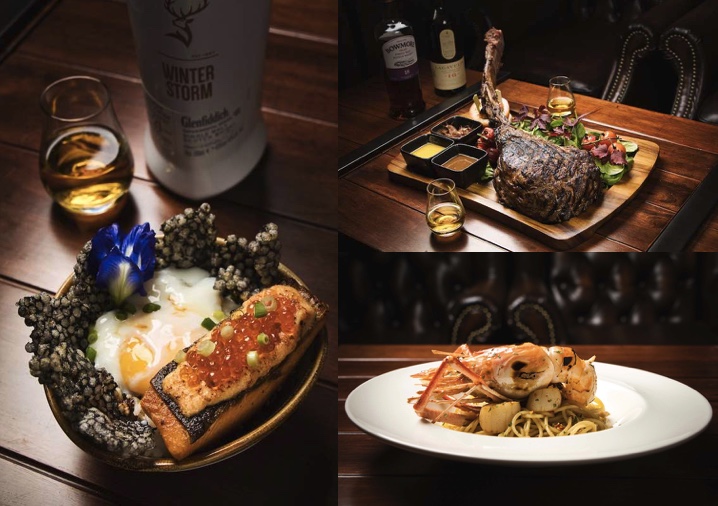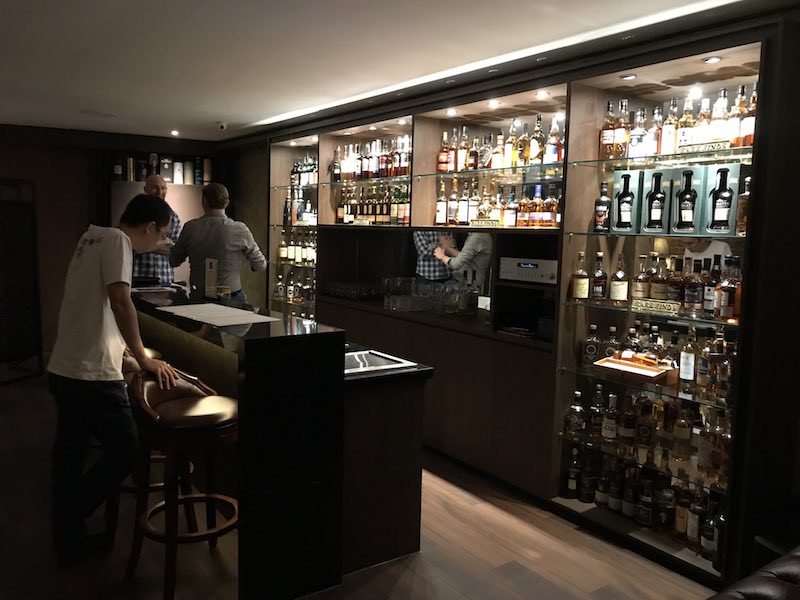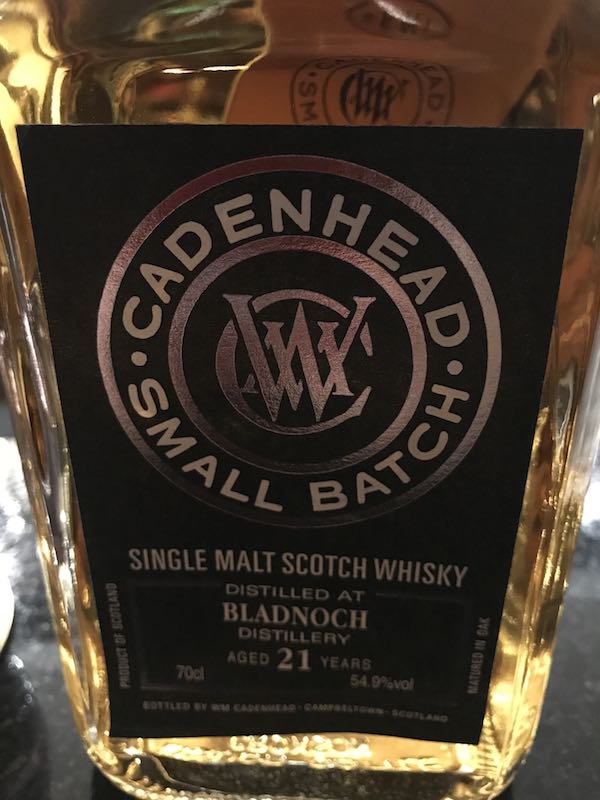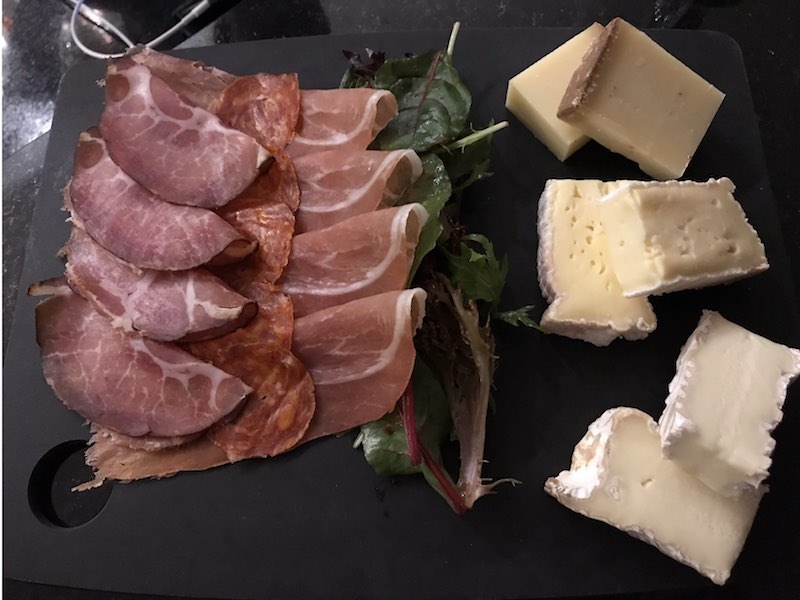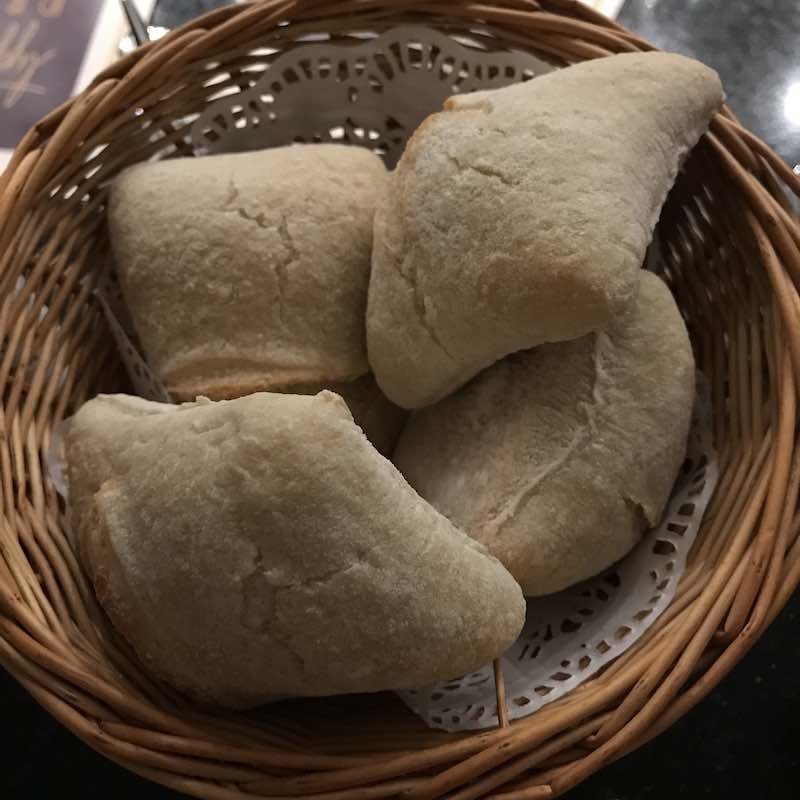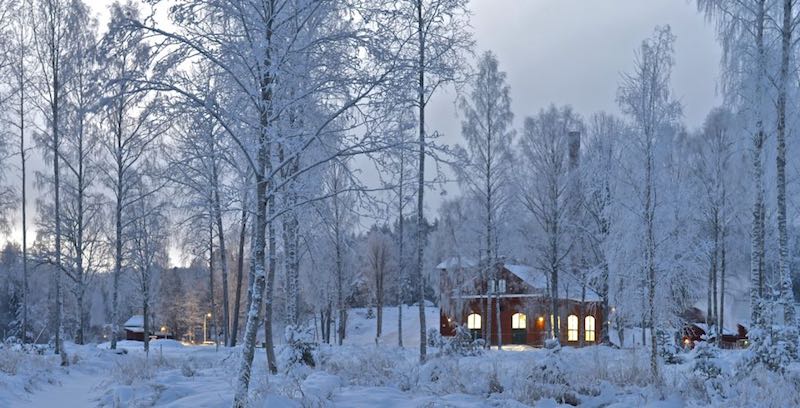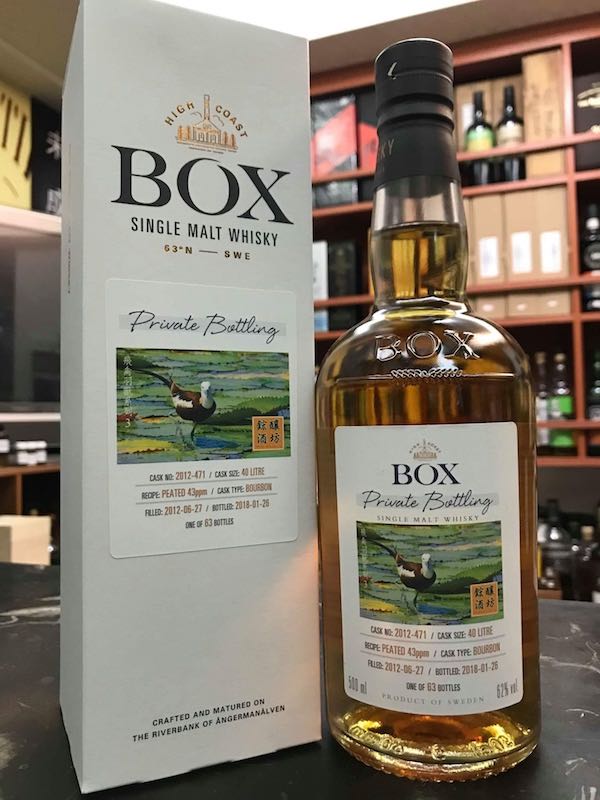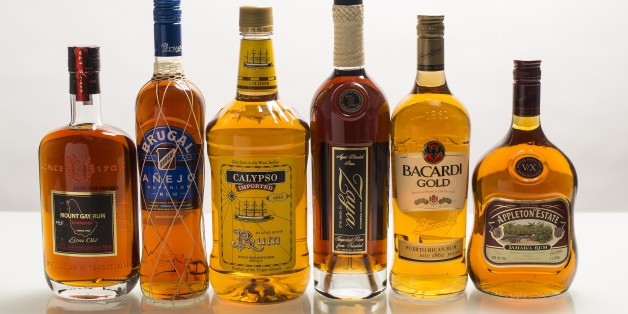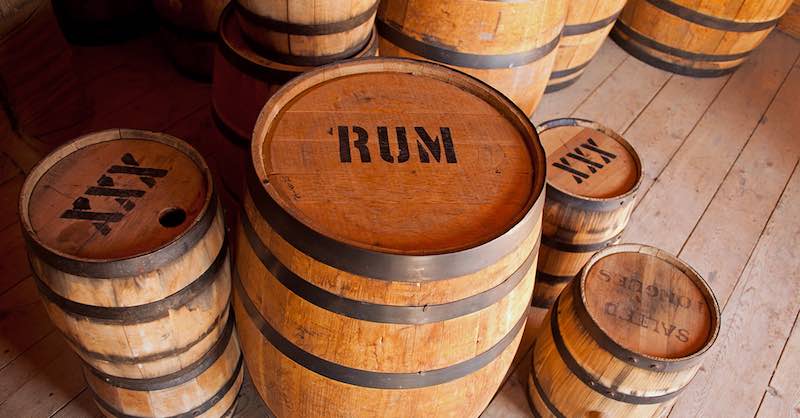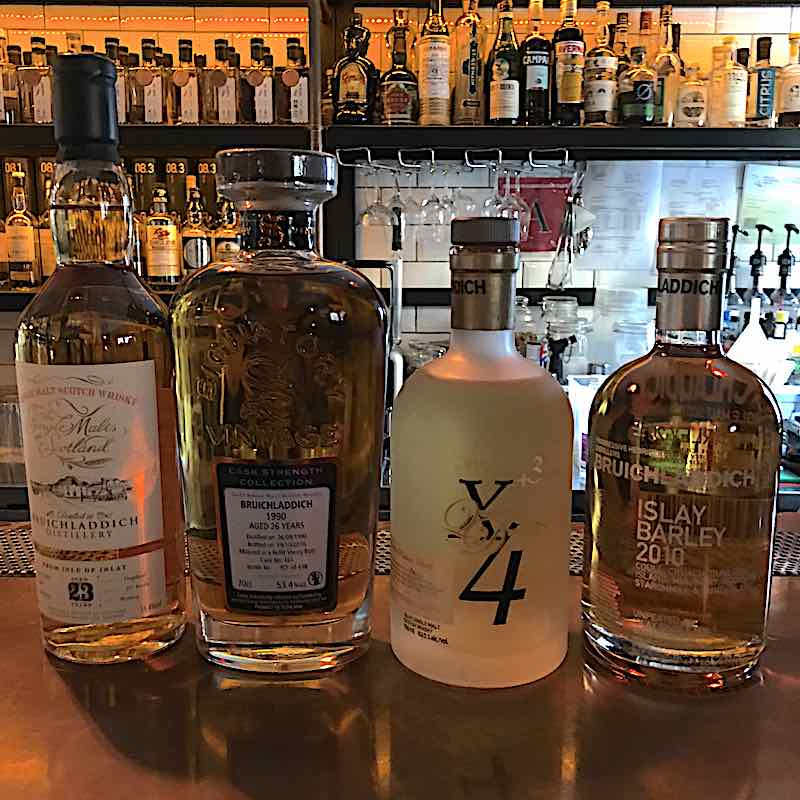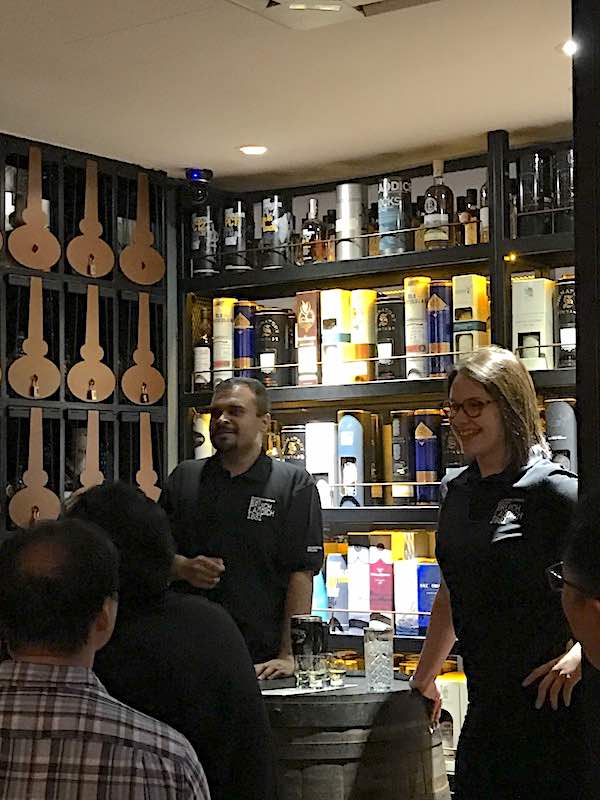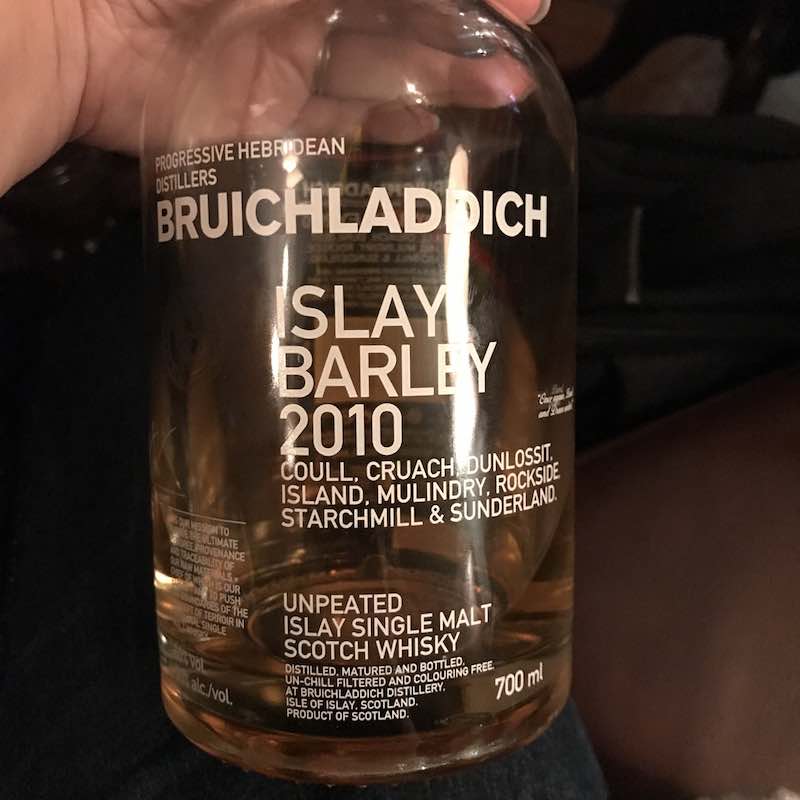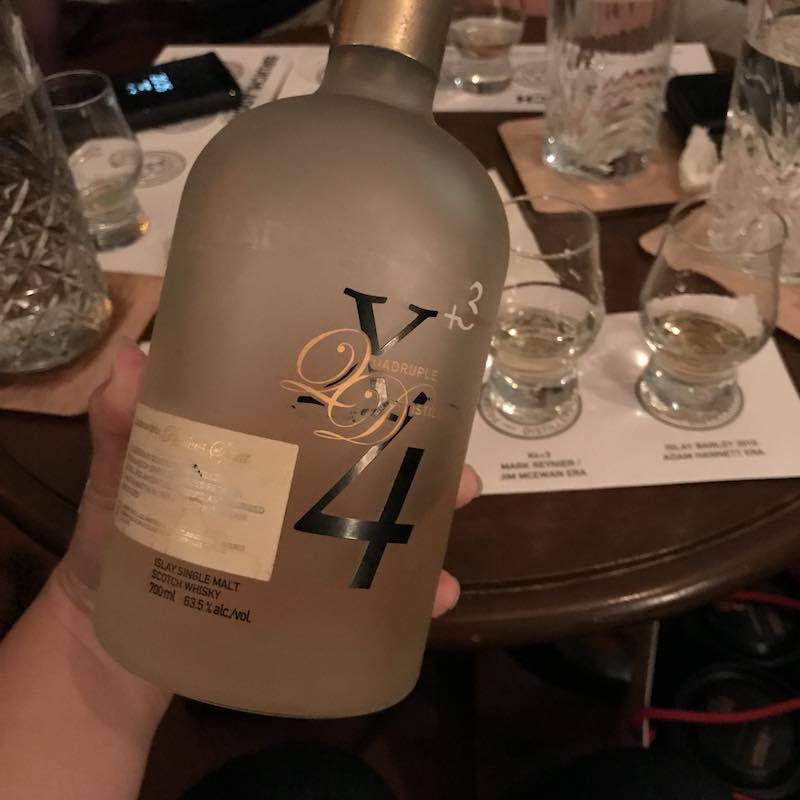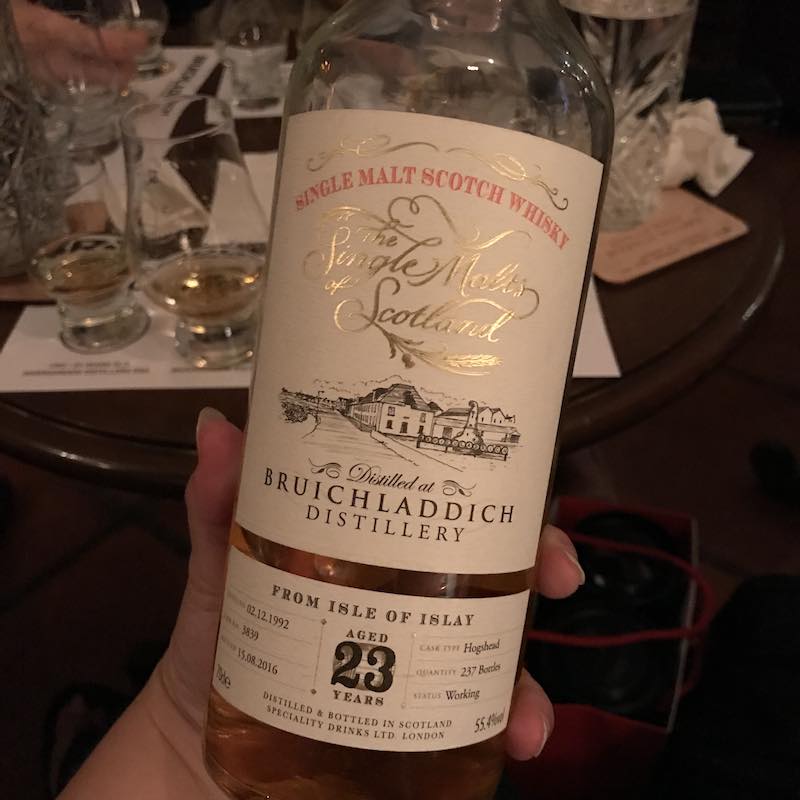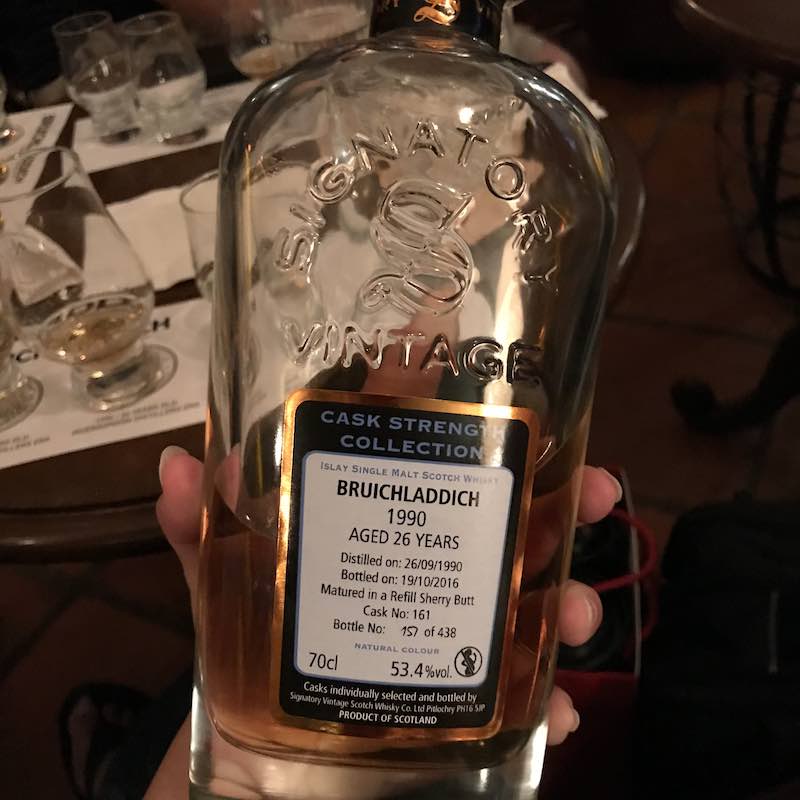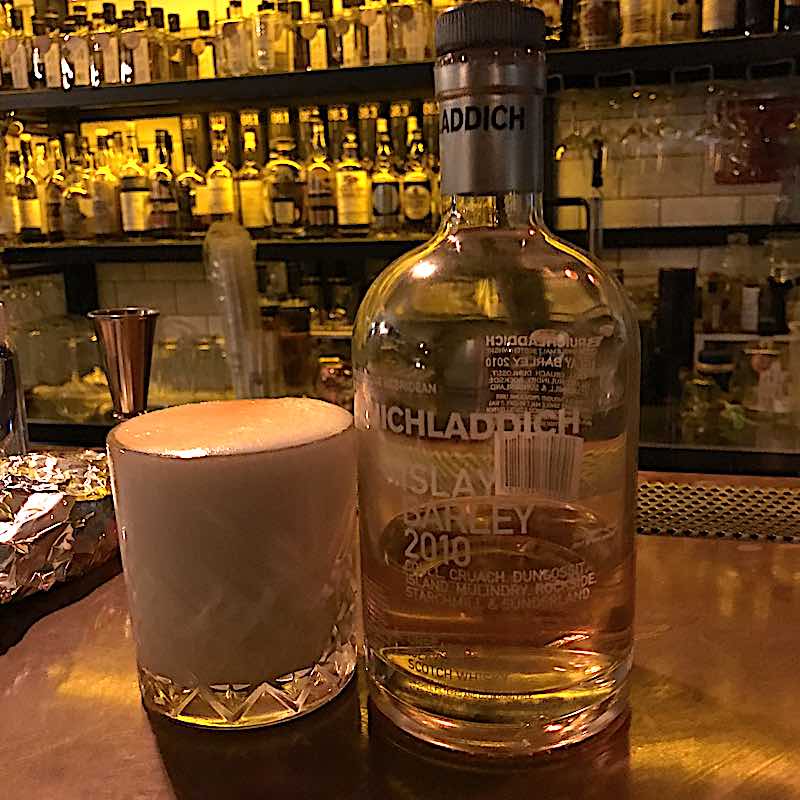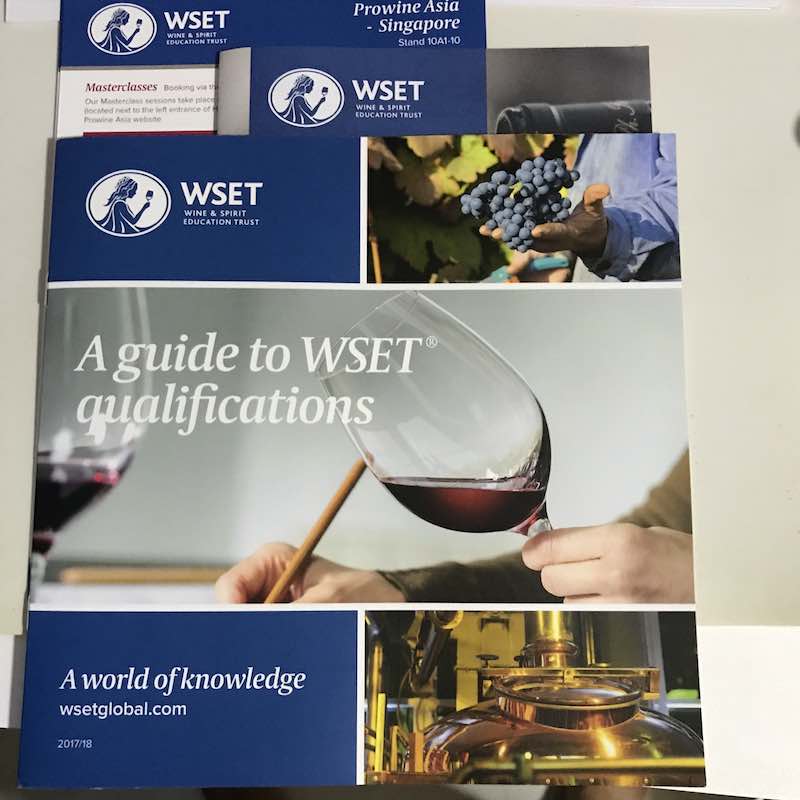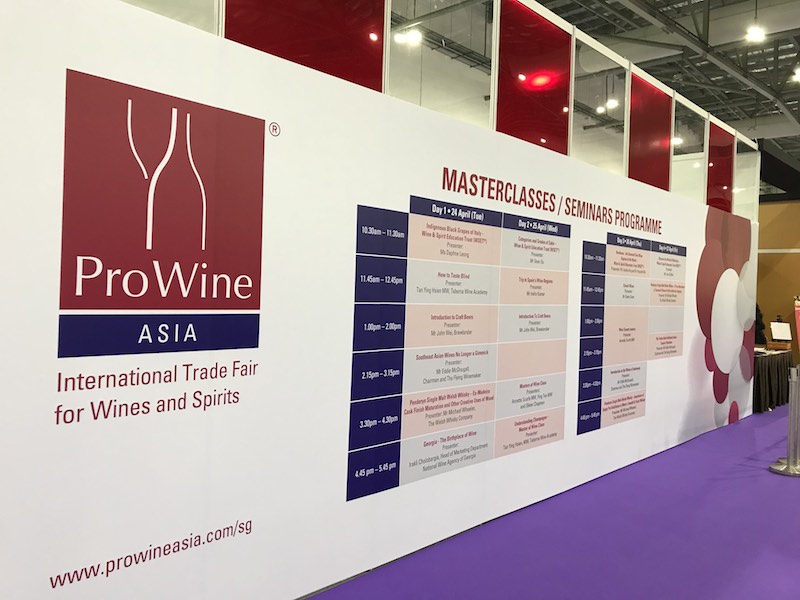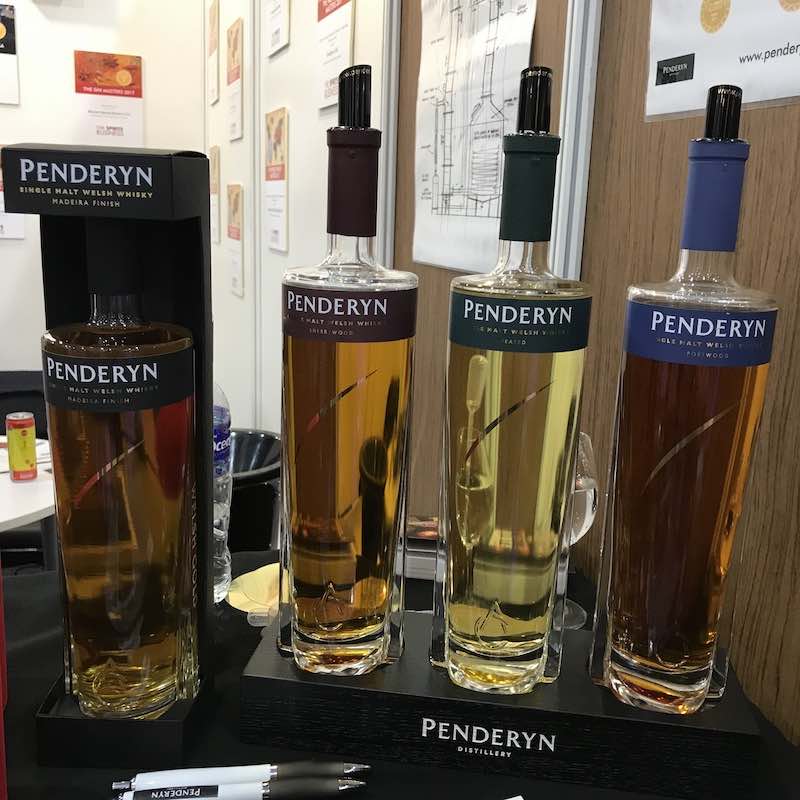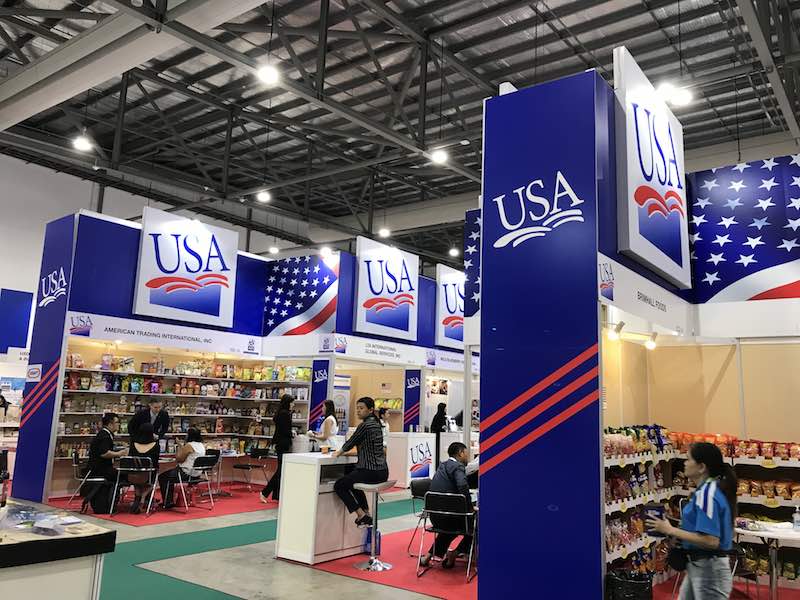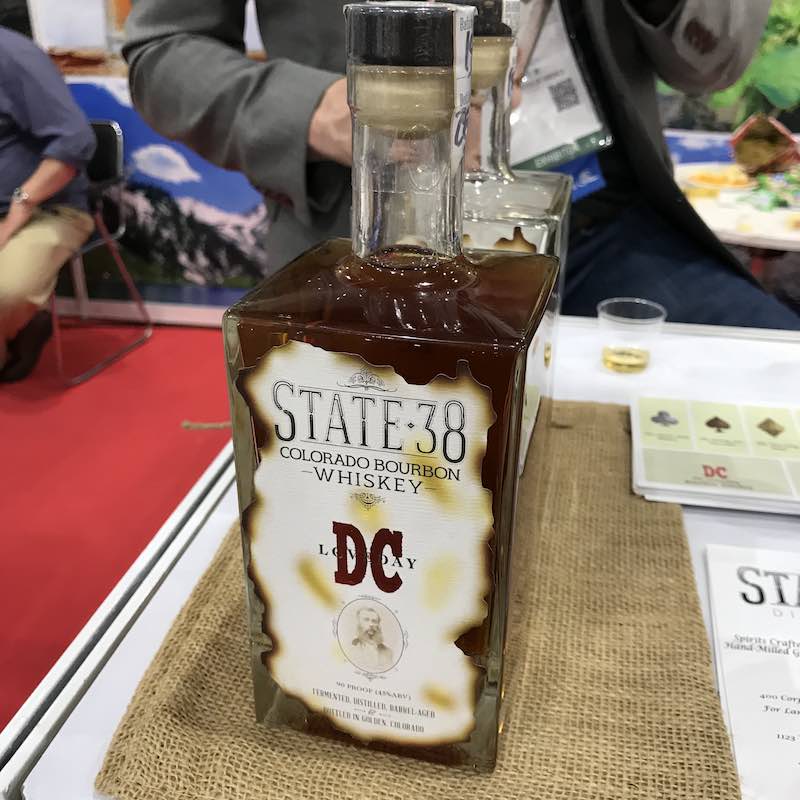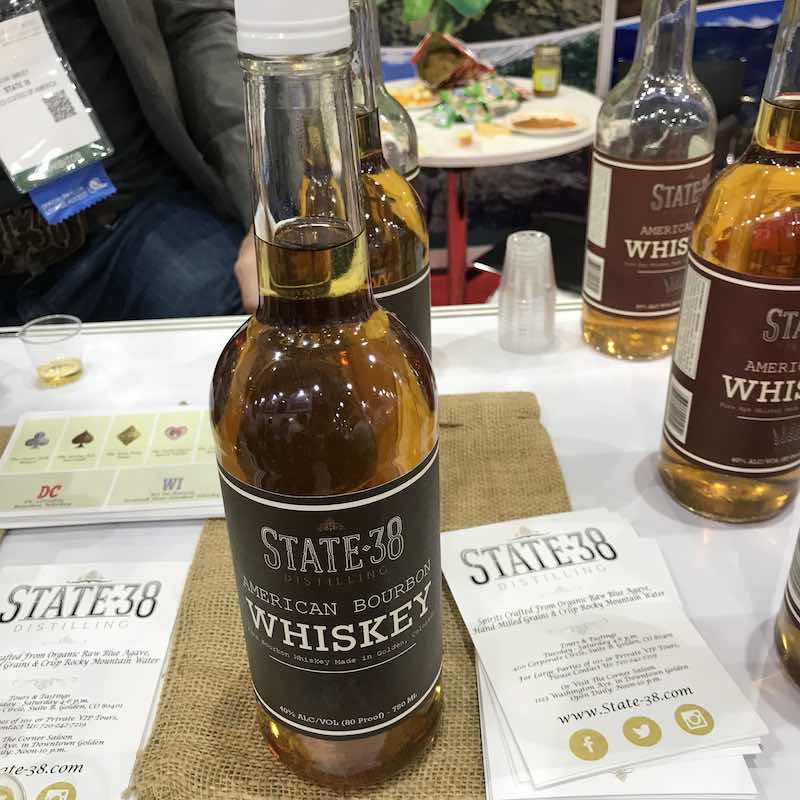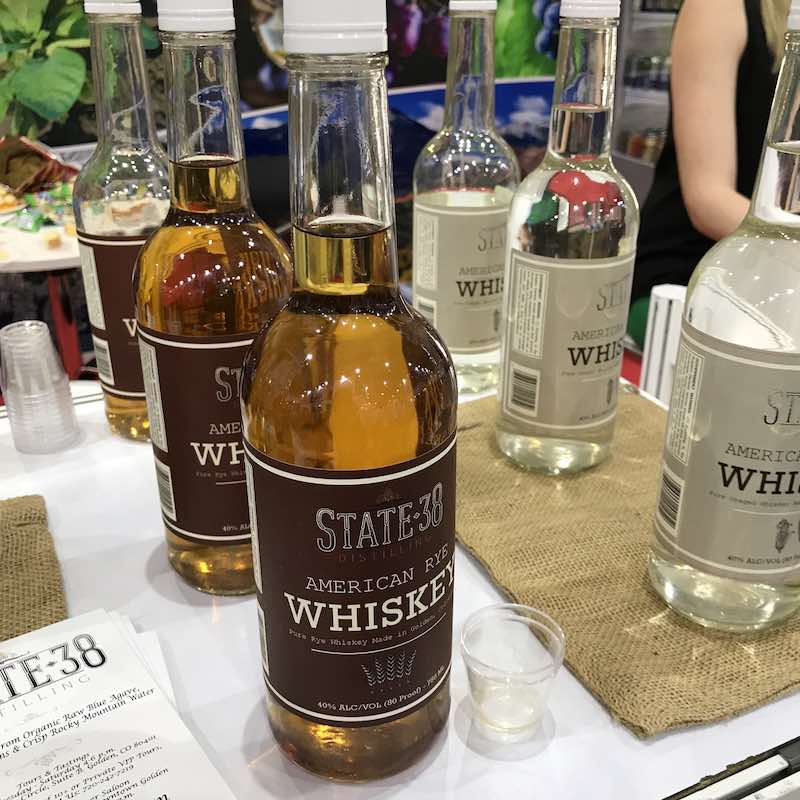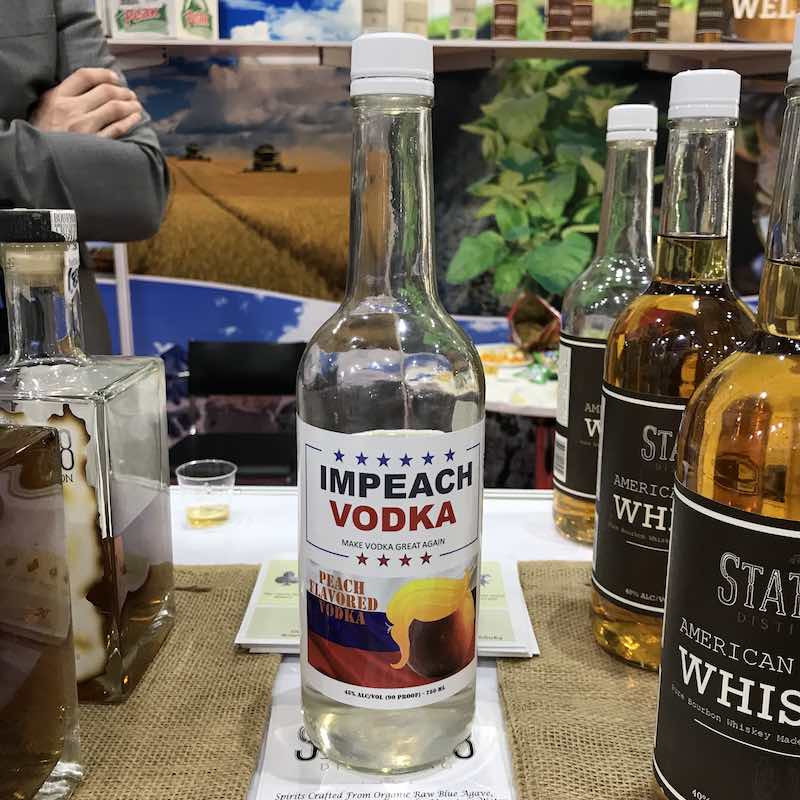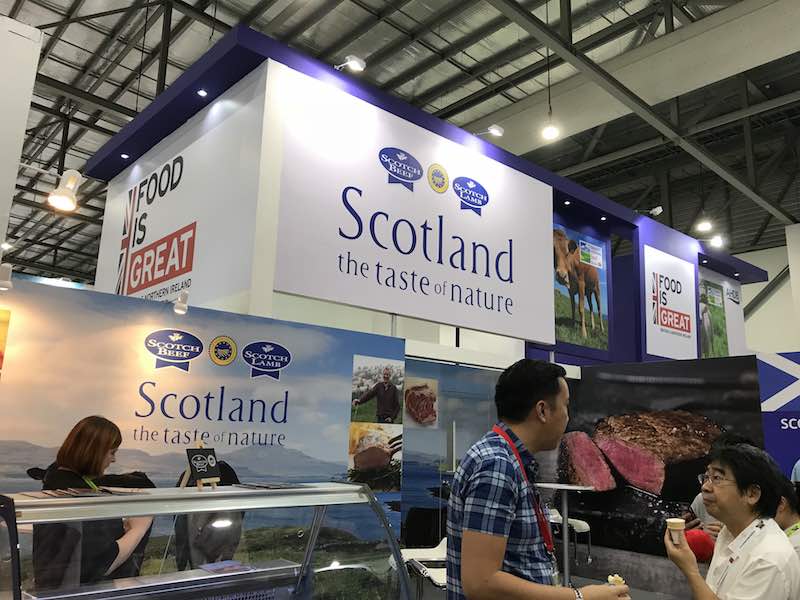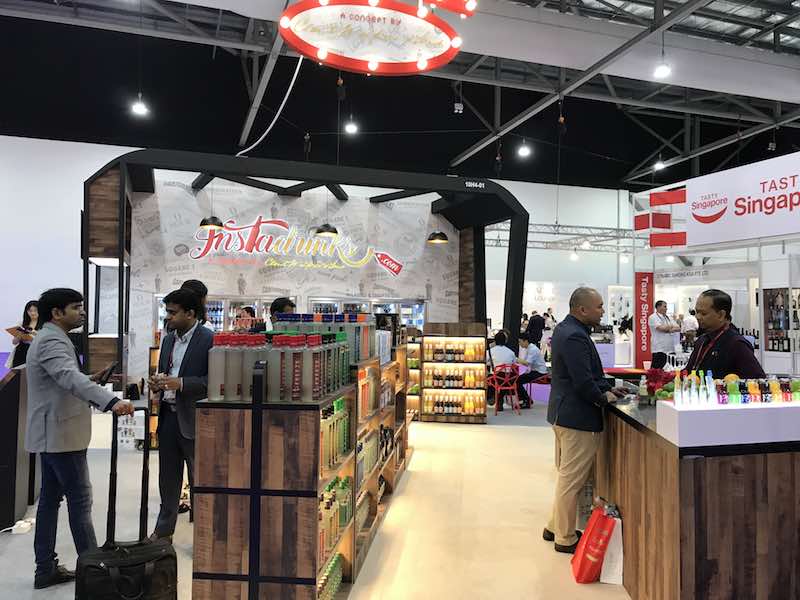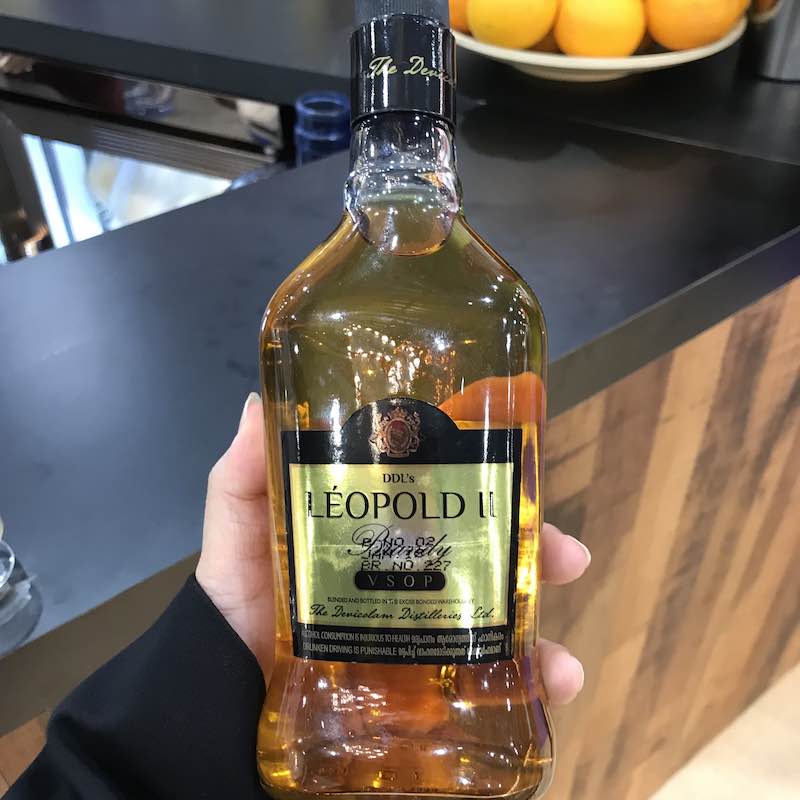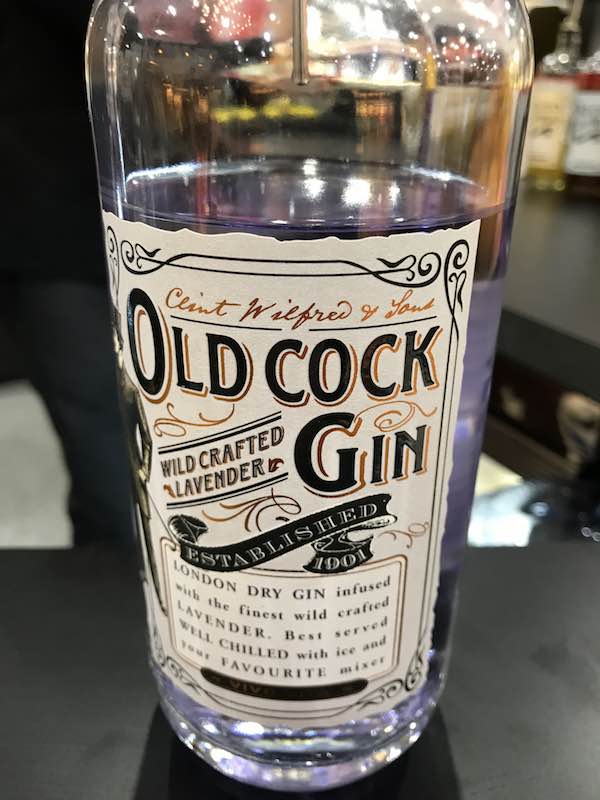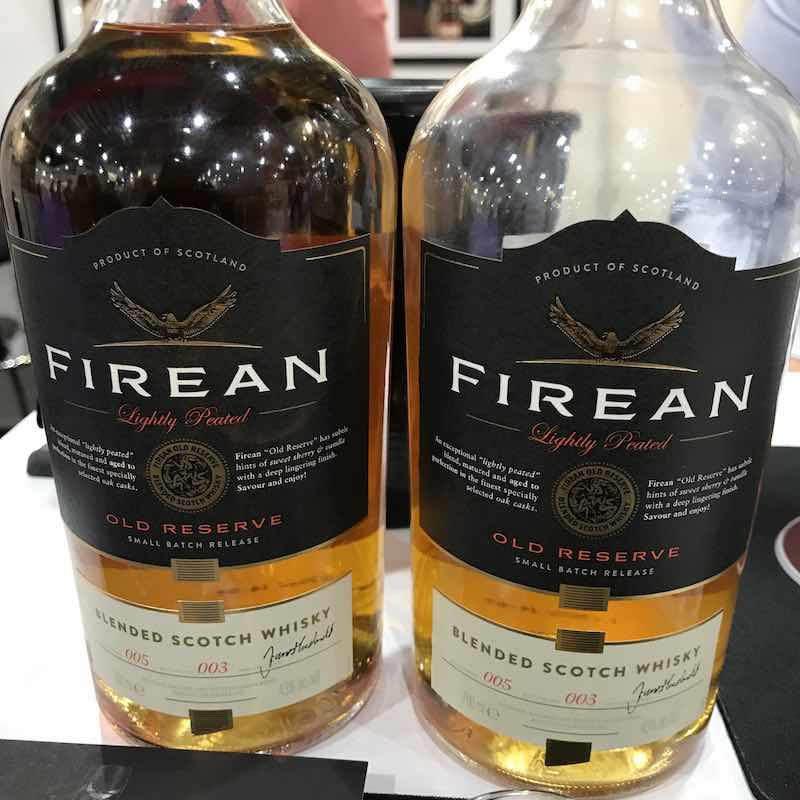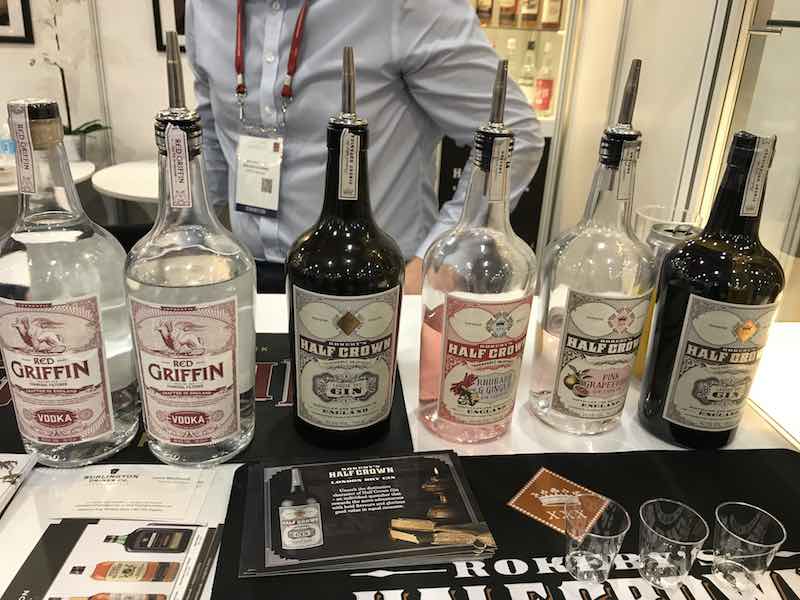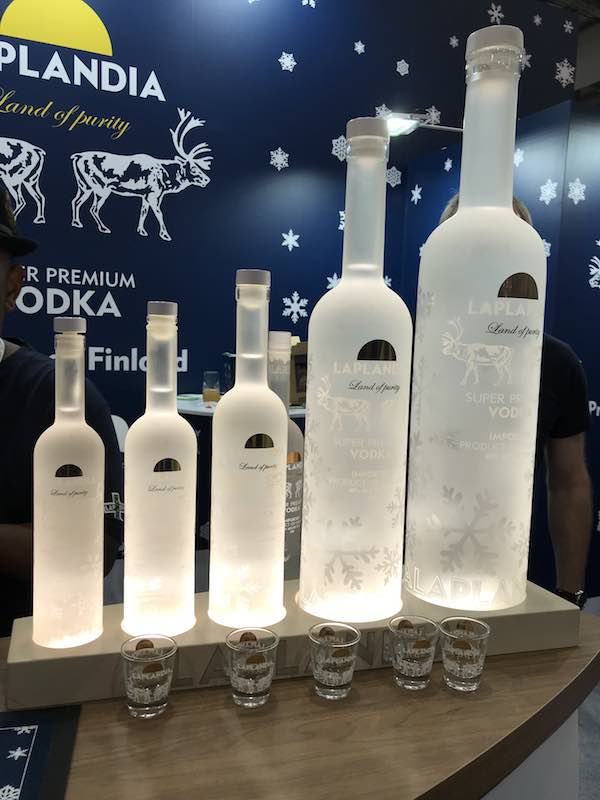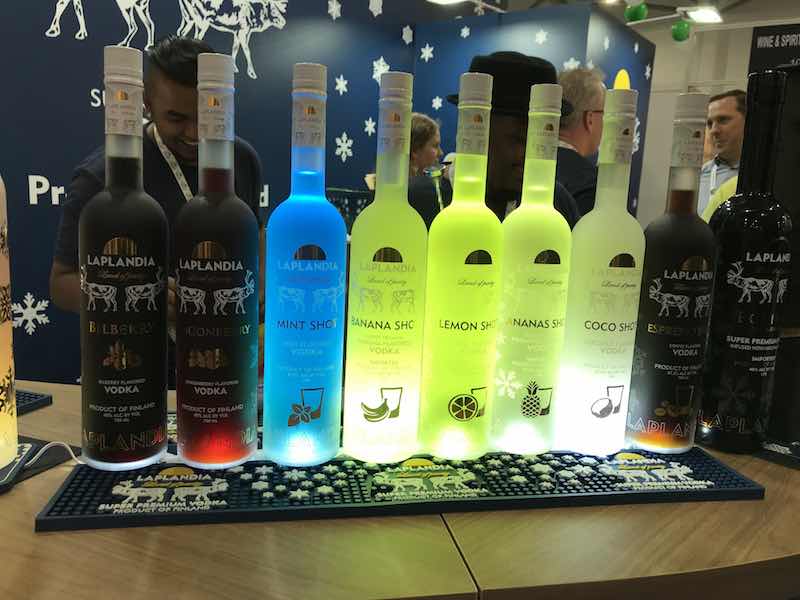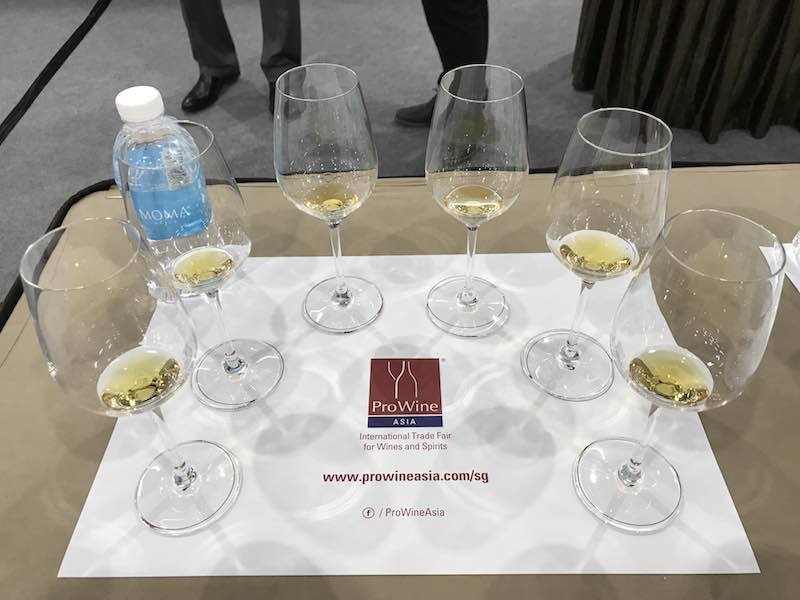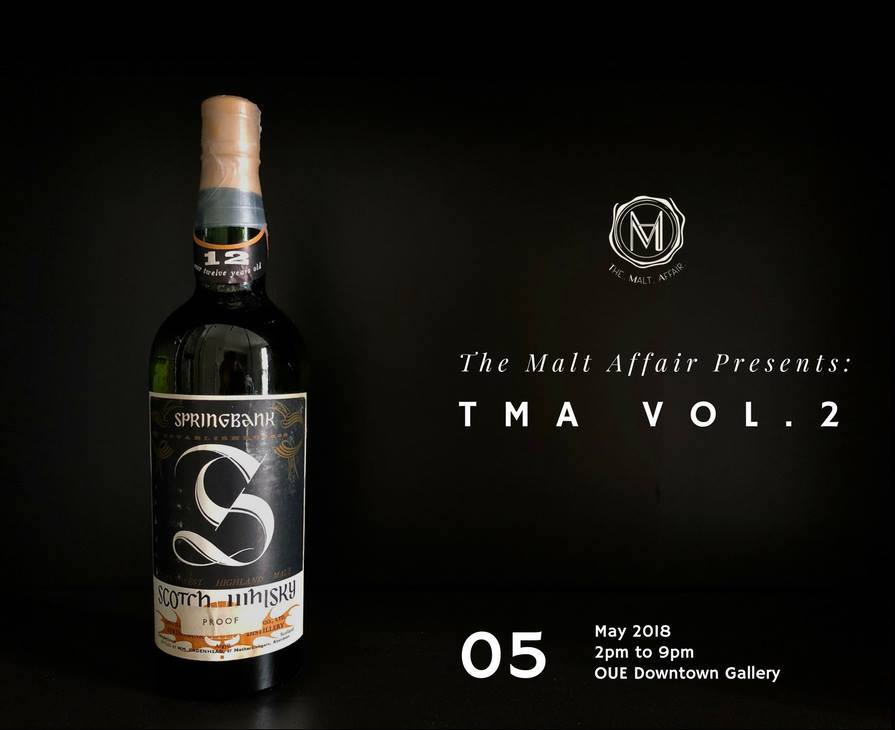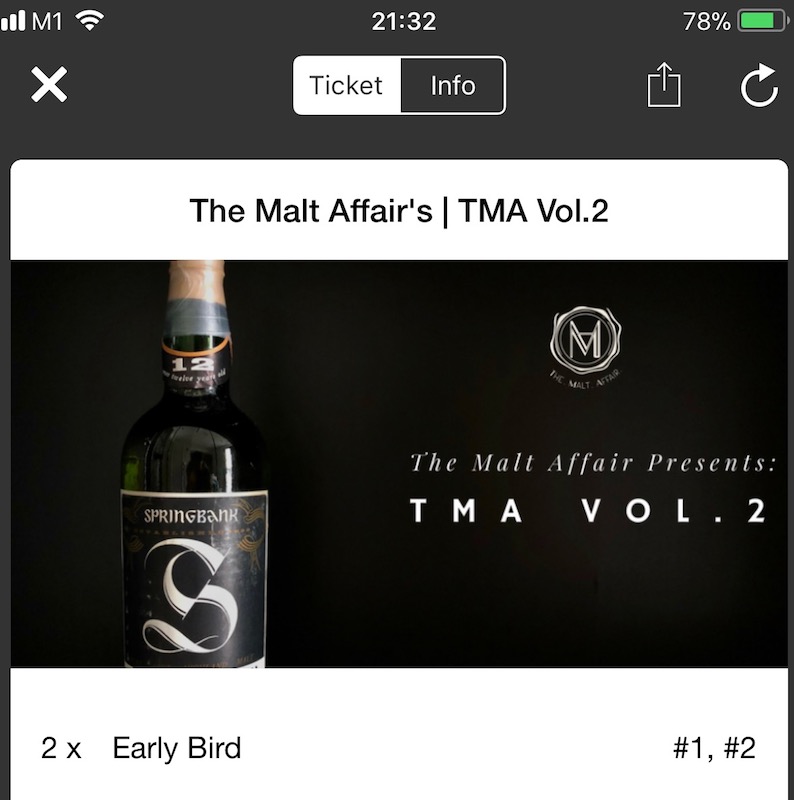New Bar Alert: The Exciseman Whisky Bar
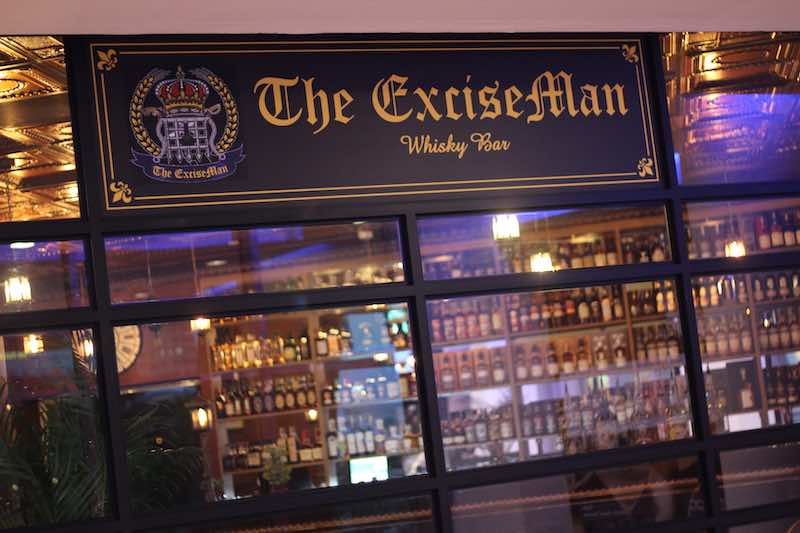
Photo Credits: The Exciseman Whisky Bar
There are never enough new whisky bars in Singapore, despite our perceived “smallness” in size and population. The most recent whisky bar that we have been to is none other than The Exciseman. The whisky couple behind this bar are well-known figures in Singapore’s whisky industry, and they are known to carry quality whiskies.
The couple is Lewis Mitchell and Patricia Britton, the owners of Le Vigne Wine and Spirits. After running the shop successfully for 16 years, opening a whisky bar seems to be the next step in the natural progression of things.
WhiskyGeeks headed to The Exciseman to catch Lewis for a drink and a chat about his passion for whiskies and his vision for the bar.
The Exciseman
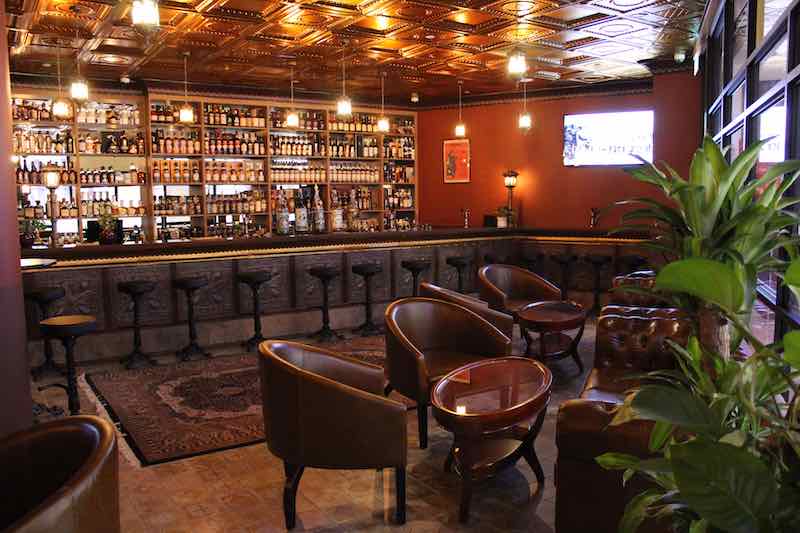
Photo Credit: The Exciseman Whisky Bar
If you think that The Exciseman is yet another “atas”, expensive and intimating whisky bar in Singapore, think again! The interior of the bar is warm and friendly, with a cosiness to it that invites you to melt into the beautiful armchairs and take a break from life itself.
The whisky selection is vast, with a menu that is bound to grow thicker as the bar matures. The quiet atmosphere, the warm lights, and the comfortable armchairs relax us as we waited for Lewis. The friendly bartender also made us some excellent Oolong tea, with the right temperature. 🙂
Inside the bar, there is a fireplace and a 140 years old piano! We were told that patrons who know how to play the piano are welcome to give it a go, but only after they ask for permission. Customers who wish to play the piano are also kindly requested to play only soft music and to treat the piano with care. After all, it is much older than all of us!
It is a Whisky Heaven
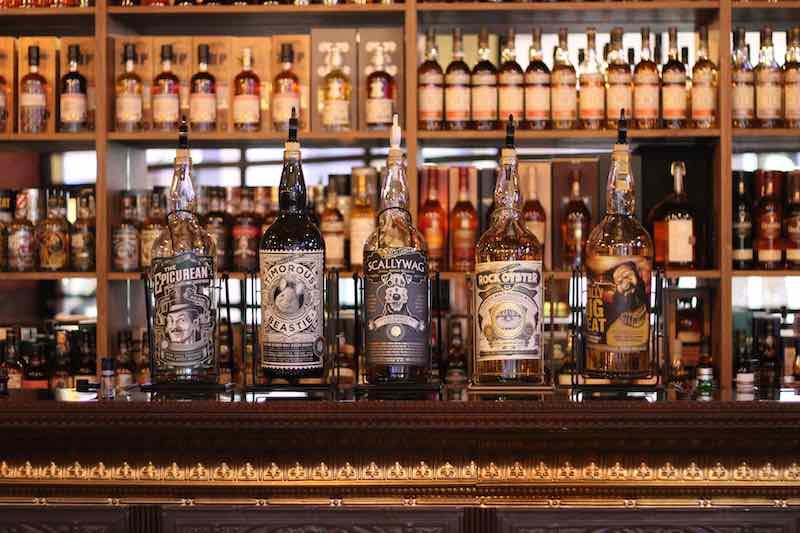
Photo Credits: The Exciseman Whisky Bar
Most of us know that Le Vigne is the importer for various whisky brands. The most famous is the Douglas Laing (DL) selection. The bar currently stocks many of DL’s collections, including the five popular blended whiskies in cannons! There are also premium whiskies such as the Xtra Old Particular that is sold by the dram. On top of their selection, The Exciseman is also looking at other brands of whiskies that are of excellent qualities. Once Lewis satisfies his strict selection process for each whisky, you will be able to get your hands on more whisky brands at The Exciseman.
Besides the great number of whiskies you can find, I think that The Exciseman satisfies my quest for peace. The whisky bar has on low music and invites its patrons to enjoy their whiskies in peace and quiet. If you do not wish to chat, Lewis and his team will leave you to enjoy your whisky privately.
In fact, the bar even states what it is not in their menu! By doing so, Lewis hopes that he can protect the peace of the bar and allow his customers to appreciate and enjoy their whiskies.
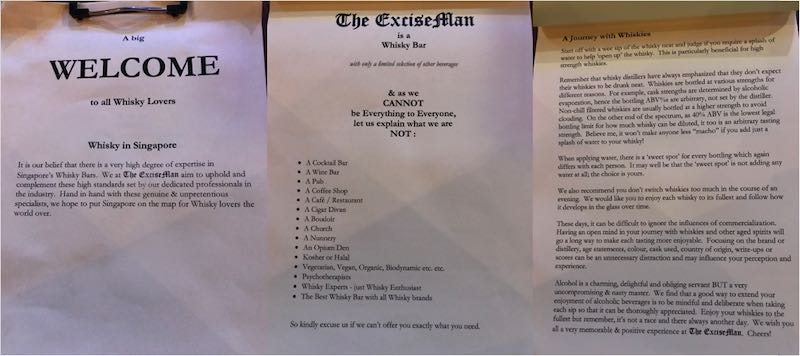
Photo Credit: WhiskyGeeks.sg
In a way, The Exciseman is a whisky heaven and a safe haven for those who wish to get some peace and quiet. Nonetheless, Lewis still encourages his patrons to chat softly amongst themselves and to ask questions about whiskies and spirits.
Charcoal-filtered Water
If you are one of those geeks like us, you may drink some of your whiskies with a few drops of water. At The Exciseman, you do not get the regular tap or distilled water. What you get is charcoal-filtered water. A clean, crisp water that does magic to your whiskies if you so fancy it to be.
However, what I really love is the tap! Just check it out!
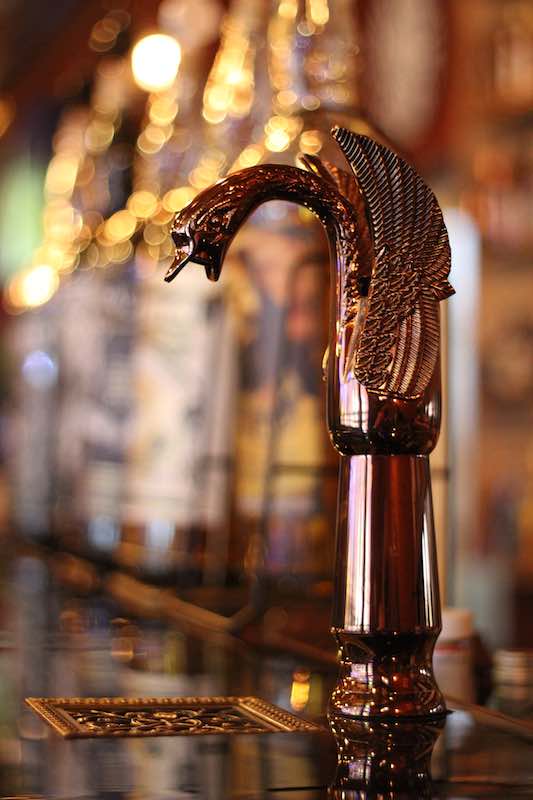
Photo Credit: The Exciseman Whisky Bar
You can even fill water on your own, without asking them. Just go to the bar counter and operate the tap! Of course, if you prefer to be served, the team at The Exciseman will gladly serve you.
Lewis Mitchell – The Whisky Man
We have a little chat with Lewis while we were there at the bar and this was the result of our chat – an informal interview! We understood from Lewis that opening a whisky bar is the next progression he envisioned for Le Vigne. While the bar has an additional partner, Lewis is the man who oversees and runs the operation of the bar. When I asked him why he opens a whisky bar instead of a wine bar, he answered candidly, “Because I am a whisky man!”
Indeed, Lewis has his passion for whisky for a long time. He revealed that his love for the water of life started in his early days, and the love increases as he tried different whiskies. When he met Patricia, she was just the woman he needed to carry his passion forward into actions. When Lewis and Patricia started Le Vigne Wine and Spirits, both of them are professionals in their individual roles. Patricia is a wine lover and knows her wines; Lewis, the whisky man, knows his whisky!
Lewis is a straight-forward whisky drinker – he loves all kinds of whiskies. He judges whiskies not by the distillery, the brand, nor the age of the whisky. He ranks each whisky by the nose, palate, finish and balance. A good whisky needs not to be an old whisky; a good whisky can be young. The character of the whisky is vital in Lewis’ point of view. Without character, the whisky is boring.
Don’t Judge a Whisky by its Age
Lewis encourages his customers to look beyond the age of the whiskies that he carries at the bar. It is not the age that matters, but what goes on behind the production that matters. The care of each production cycle is crucial for every whisky distillery. It includes the type of barley used, the time for fermentation, the distillation methods, the cask selections and finally, the taste profile of each whisky made. While it is true that some whiskies are better with age, it does not mean that every whisky is better when aged.
Lewis concluded with a call to everyone to try whiskies and other spirits with an open mind. When we do that, we discover new profiles, and who knows, we might just like it better than we thought!
Visit The Exciseman Whisky Bar
If all these chat about whiskies is making you thirsty, head over to The Exciseman Whisky Bar and check them out! The address is 8 Raffles Avenue, Esplanade Mall #02-27, Singapore 039802. If you go up the escalator from the mall side, make a U-turn, and walk all the way to the back to find the bar!
Remember to ask Lewis for a recommendation if you are lazy to go through his extensive menu, he is more than happy to do that for you! The Exciseman also offers beer and other spirits such as gin and grappa. Ask Lewis for your favourite drink!

